
A study by the Electric Power Research Institute found that businesses lose between $104 billion and $164 billion per year due to power interruptions, and another $15 billion to $24 billion in from other power quality problems. It’s not hard to see how the numbers add up. Just consider what an outage of a day or two would cost your company. For some, an outage of even an hour can take a significant toll.
Still, many companies don’t completely understand all the various types of power disturbances that can threaten their server rooms. While protecting against major events like hurricanes and floods is certainly important, there are many, far more subtle ways in which you can experience power disturbances. In this piece, I’ll touch on six of them.
1. Transients
Potentially the most damaging of all disturbances, transients fall into two subcategories: impulsive and oscillatory. Impulsive transients are the most common type of power surge or spike, involving a sudden event that raises or lowers voltage and/or current levels, often lasting less than 50 nanoseconds. Caused by lightning, poor grounding, the switching of inductive loads, utility fault clearing and other issues, impulsive transients often result in corrupt data and physical damage to equipment.
Oscillatory transients cause the power signal to alternately swell and shrink very quickly, often when a load, such as a motor or capacitor, is suddenly turned off. A common issue associated with capacitor switching is the tripping of adjustable speed drives (ASDs).
2. Interruption
An interruption is the complete loss of supply voltage or load current, lasting from .5 to 30 cycles (instantaneous), 30 cycles to 2 seconds (momentary), 2 seconds to 2 minutes (temporary) or over 2 minutes (sustained). One common example of an interruption is when all electronic devices and lights go out in a house for a short period of time. While inconvenient in a home, a similar power loss in a business setting can be costly, as data can become corrupt or be lost entirely during the interruption.
3. Sag or Undervoltage
Usually caused by system faults or the switching on of loads with heavy startup currents, a sag is a reduction of AC voltage at a given frequency lasting for .5 cycles to a minute. Think of the drop in water pressure when multiple faucets in a single home are turned on. Sags can cause significant equipment damage over time.
Often referred to as a “brownout” (albeit incorrectly so), undervoltages are the results of long-term power consistency problems that create sags in the short term. Undervoltages can lead to the failure of non-linear loads such as computer power supplies.
4. Swell or Overvoltage
The opposite of a sag is a swell, caused by an increase in AC voltage lasting .5 cycles to one minute. Common sources include high-impedance neutral connections, sudden reductions in large loads or single-phase faults on a three-phase system. Like sags, the damaging effects of swells – degradation of electrical contacts and semiconductor damage – usually go unnoticed for extended periods of time. However, immediate, more noticeable results are the flickering of lights and data errors.
Similar to undervoltages, overvoltages are the result of long term problems that create temporary power swells. Overvoltage conditions can create high current draw and cause equipment to overheat and become stressed.
5. Waveform distortion
A waveform distortion is any power quality variation affecting the wave shape of the voltage or current. There are five primary types of waveform distortion: direct current offset, harmonic distortion, interharmonics, notching and noise. To varying degrees, they can all cause damage or disruption to IT equipment.
6. Voltage fluctuations
A voltage fluctuation is a series of small, random changes in voltage caused by any load exhibiting significant current variations. A common symptom is the flickering of incandescent lamps.
Of course there are ways to protect against each of these types of power disturbances, often by using UPS systems, backup generators, surge protectors, power line conditioners conditioning, proper grounding and more. ;
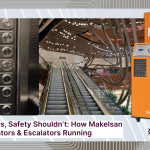
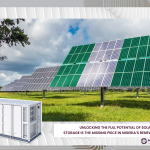




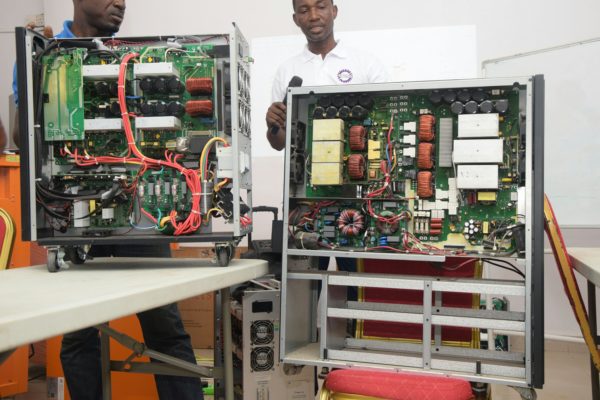
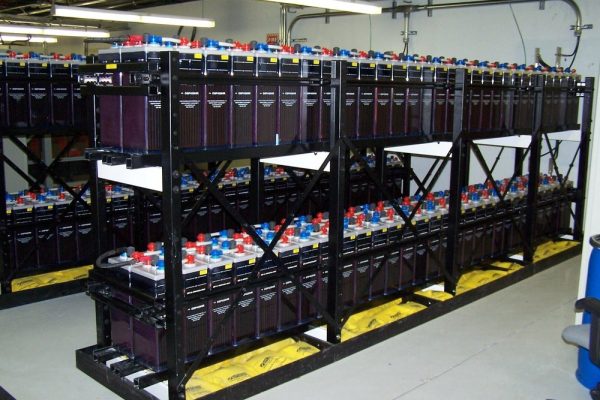
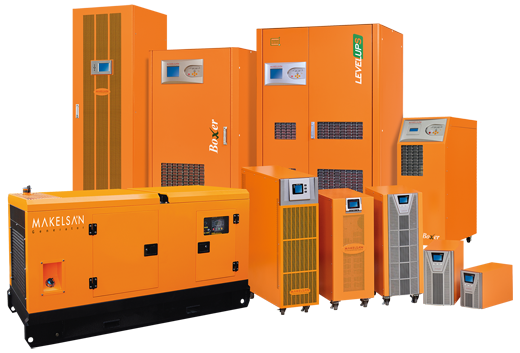
hello there, your post is so good.Following your articles.
hi there, your article is amazing.Following your articles.
are all vape mod coils the same
Just wish to say your article is as amazing.
The clearness on your put up is just cool and that i could assume
you’re a professional on this subject. Fine along with your permission let me to seize your RSS feed to keep updated with drawing close post.
Thank you 1,000,000 and please carry on the enjoyable work.
Howdy! This blog post couldn’t be written much better!
Going through this article reminds me of my previous roommate!
He always kept talking about this. I am going to send this post
to him. Fairly certain he’ll have a very good read.
Many thanks for sharing!
Hey There. I found your weblog the usage of msn. That is a very smartly written article. I抣l make sure to bookmark it and come back to learn more of your useful information. Thank you for the post. I will definitely return.
100 pokemon cards gx and ex vmax 1700 occasionally synonym